“Hysteria & Hysterical Fits:” First Aid Knowledge & How It Evolves
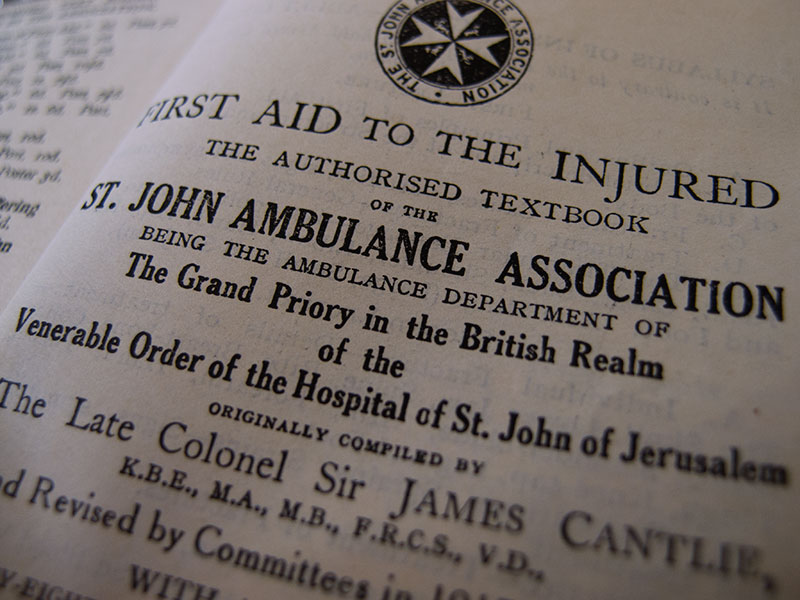
I used to publish articles and guides concerning first aid on a semi-regular basis on this blog, but over time, have found it’s become harder and harder for me to do so.
There’s been a pretty massive shift in attitude on MTJS with regards to these articles. Long time readers may have noticed this shift. Originally, we started out with a: “Here is the info, do with it what you will” attitude, but as we grew, we felt pressure to layer disclaimer after disclaimer within our first aid posts due to concern over potential threats of a legal nature. We are an objectively small blog and whenever writing about topics of a serious nature, I have to be extra careful.
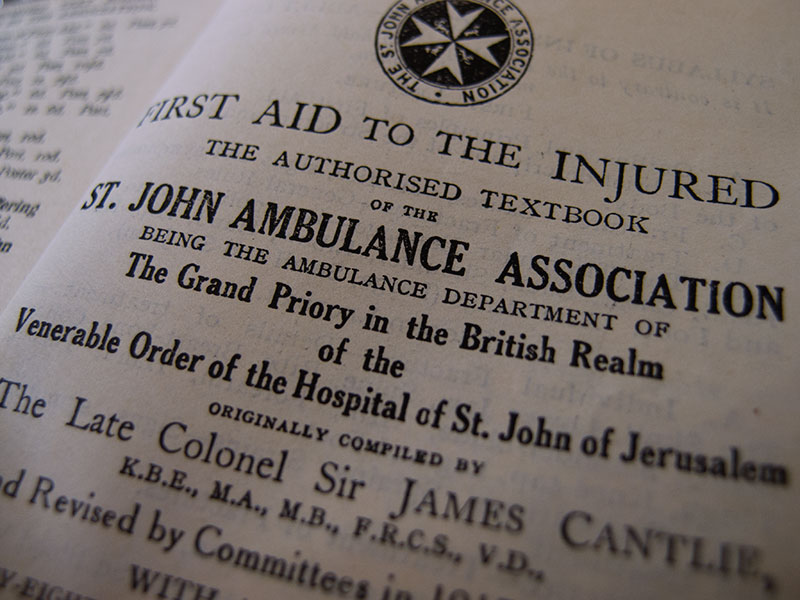
It’s easy to make a broad statement about gear, like knives or flashlights. It’s (mostly) all subjective after all! But when it comes to medical topics or first aid, I purposefully have to diffuse my opinion and “soften” my research findings to a more ambiguous answer so as to not incur the wrath of the regulators.
I’ve endeavored in the past to reply to nearly every single comment on this blog. I’m not always fast at doing so, but I always figured if you take the effort to share your thoughts, the least I could do is respond in kind.
Sadly, I do get a lot of medical questions on my first aid posts, and whilst I view myself as somewhat competent, I cannot advise or share anything beyond “go see your GP” in 99% of these cases.
Having my hands tied in this respect isn’t the only downside of writing about first aid. The next complication: it’s difficult to write about a factual topic when what we know and deem to be true about it is constantly evolving and changing. This state of affairs isn’t new. Information in general has always been evolving and changing as we discover and adapt our theories to new data. But it means that I either have to make sure what I write today will still be relevant and true tomorrow (impossible), or I have to keep going back to old articles and re-researching the topic to be sure nothing has changed in the first aid industry in the years since I originally hit “publish.”
As I scribble this, I have the St. Johns Ambulance “First Aid To The Injured” manual in front of me… from 1928.
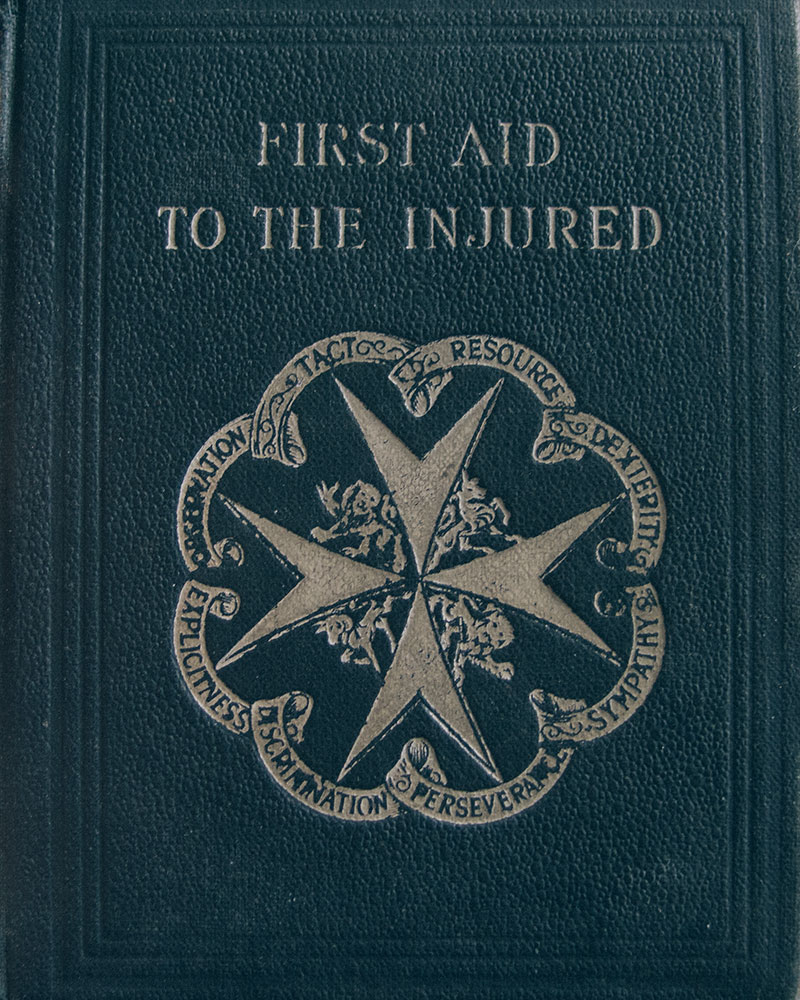
I find it fascinating to read first aid instructions from that time period. The authors are so absolute and so certain in their advice (or rather, instructions) that it’s almost shocking.
There is a section on the washing of wounds where they outright tell you to never do it and instead just apply iodine solution. Now, this isn’t a bad instruction, but there are case scenarios where washing a wound is not only beneficial, but highly recommended. Getting rid of dirt and detritus comes to mind – you don’t want a wound to heal over with dirt still in there!
On a more amusing note, there is a wonderfully (present day) politically incorrect section on “Hysteria & Hysterical Fits” that would produce cataclysmic social reactions if it were repeated today.
Here it is in all its glory (p 167):
(b) In Hysterical Fits (Hysteria)
the patient, usually a young girl in consequence of her mental excitement suddenly loses command of her feelings and actions. She subsides on a couch or in some comfortable position, throws herself about, grinding her teeth and clenching her fists ; she clutches at anyone or anything near her, kicks, cries and laughs alternately.
The eyeballs may be turned upwards, and the eyelids opened and shut rapidly. At times froth appears at the lips, and other irregular symptoms may develop. Complete insensibility is not present.
And now for the best part, the treatment!
Special treatment.
- -Avoid sympathy with the patient, and speak firmly to her.
- -Threaten her with a cold water douche, and if she persists in her “fit,” sprinkle her with cold water.
- -Apply a mustard leaf at the back of her neck.
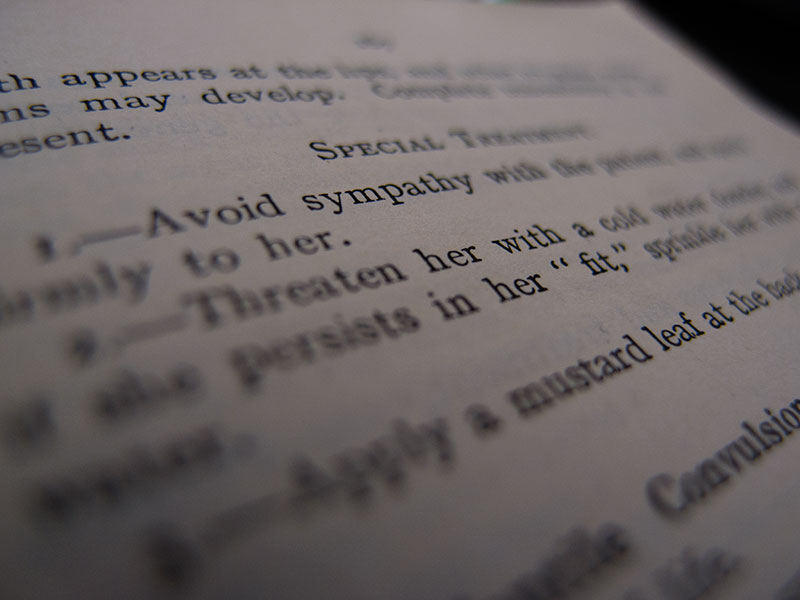
The idea that sympathy is to be avoided and referring to medical symptoms as “fits” with the threat of being made uncomfortable would be utterly shocking in this day and age, yet authors back then believed this to be true and were unrestricted in dispensing this knowledge of their time.
The nature of the internet and its approach to data (that information is permanent, nothing can ever be corrected and/or deleted), puts us humble scribblers at much greater scrutiny, and I would argue, held to a much higher standard.
Don’t get me wrong – I think there should be a high standard. You shouldn’t be allowed to write whatever untrue nonsense you want about first aid and medical topics – but where there is a grey area, I think you should be allowed to speak about it, instead of having to pretend it isn’t there and that medical topics are completely black and white.
I find it odd how there’s such an enormous double standard with regards to where information is coming from as well. The media can write utter bullshit about medical topics, that isn’t factually correct, well researched and leads to many masses of people misconceiving and making terrible decisions about their health – and it’s somehow okay because it’s journalism. However, if a blogger makes a slight error in a technical context, mis-communicates because he or she chose the wrong words, and/or did not update a blog post to encompass newly discovered information – that blogger will be crucified for it.
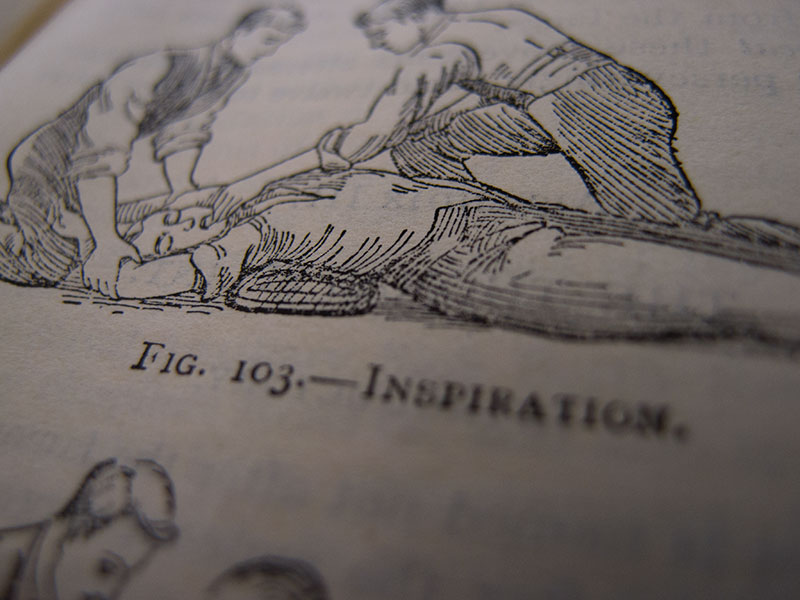
This has all forced me to reassess what I write about and in which manner I display data. It’s a tricky position to be in, and I do wonder if the next generation, whom likely will have it worse than me, will view our scribbles as the musings of the Dark Ages in comparison to theirs.
Interesting times folks. Information is power, and yet never before has information been so easily available and yet, paradoxically, censured due to social pressure and regulation.
Your thoughts?
